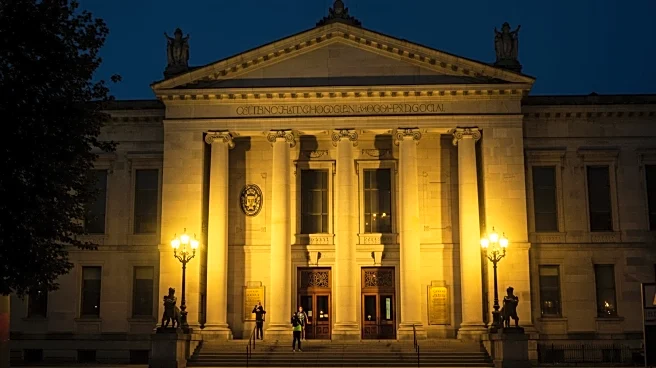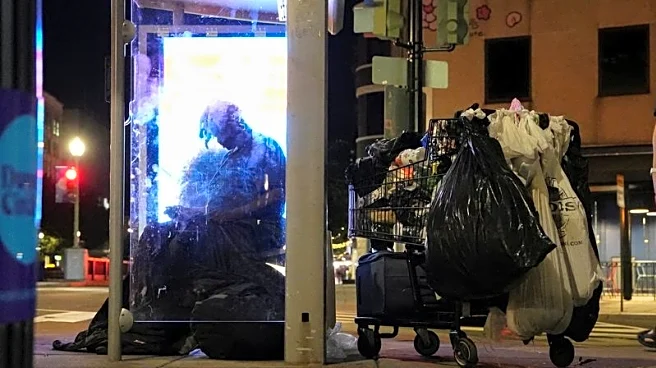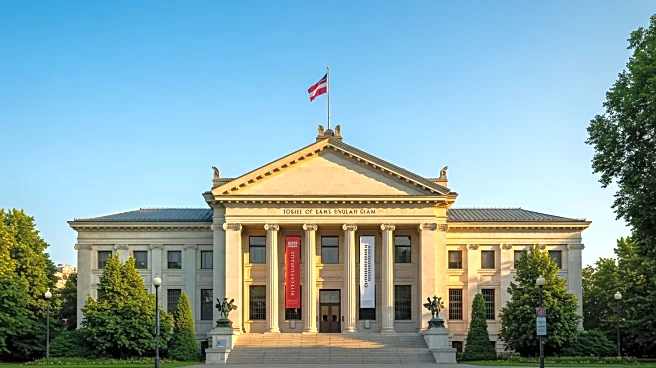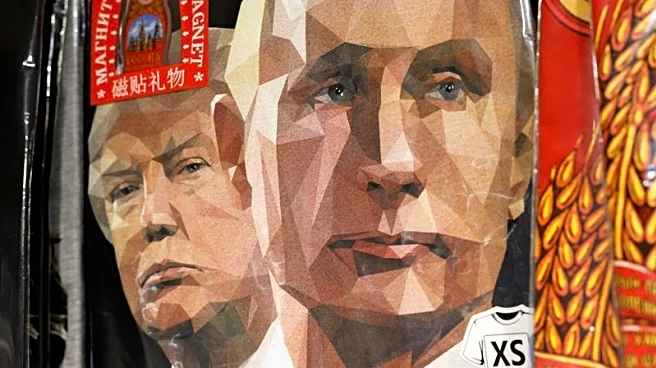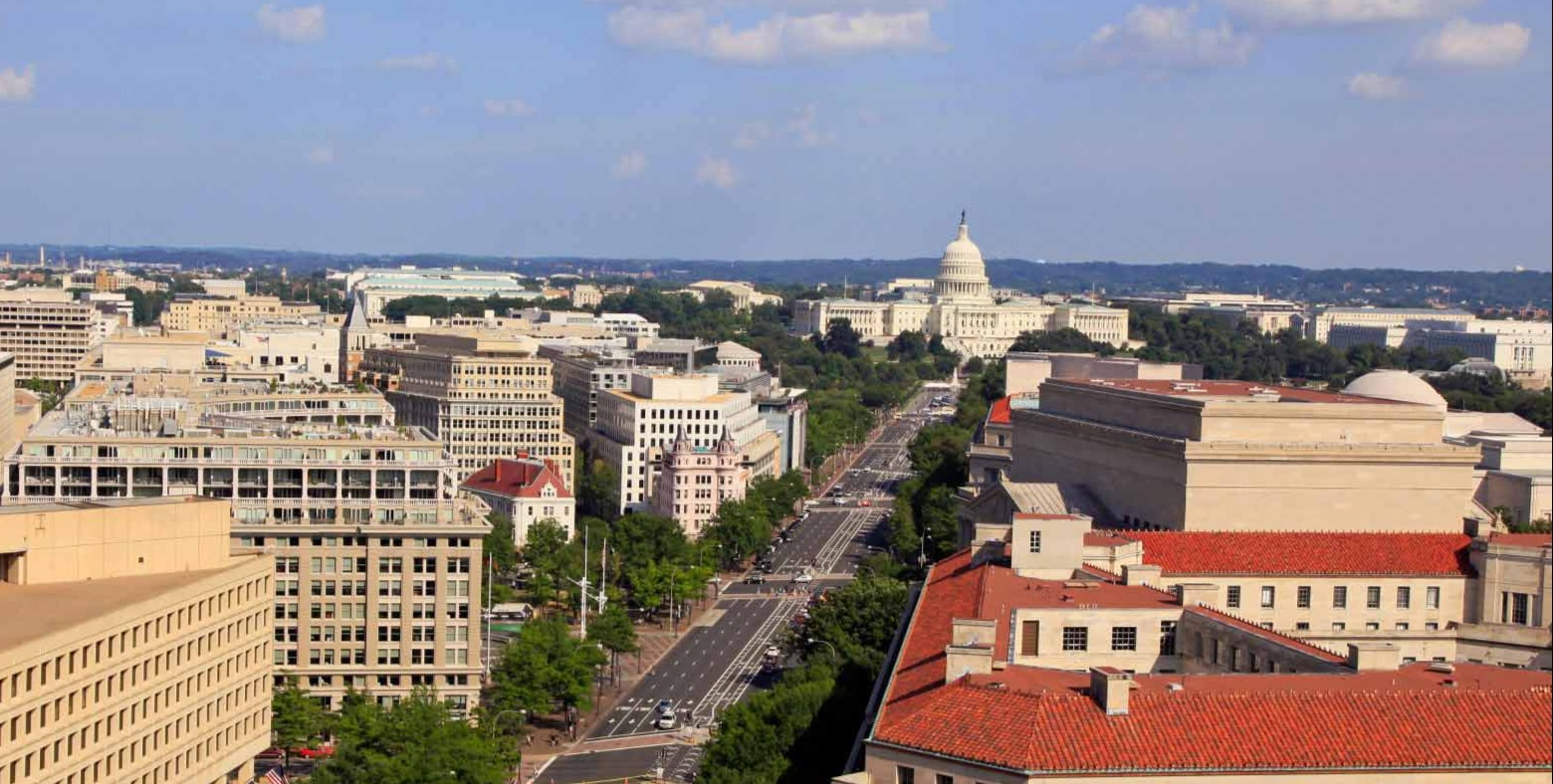What's Happening?
President Trump has initiated a comprehensive review of the Smithsonian museums to ensure they reflect unity and progress as the U.S. approaches its 250th anniversary. The review aims to eliminate divisive or partisan narratives from cultural institutions. Sarah Weicksel, executive director of the American Historical Association, emphasizes the importance of presenting a complete historical record, including discussions on race and racism. The Smithsonian, as a national museum, is tasked with representing the diverse histories of all Americans, making it crucial to address complex and sometimes controversial aspects of the nation's past.
Why It's Important?
The review of the Smithsonian museums by the White House highlights the ongoing debate over the role of cultural institutions in shaping national identity and historical narratives. This action could influence how history is presented to the public, potentially impacting educational and cultural discourse. The Smithsonian's responsibility to provide a comprehensive view of American history, including its challenges and achievements, is essential for fostering understanding and dialogue. The review may lead to changes in how museums curate exhibits, affecting public perception and engagement with history.
What's Next?
The Smithsonian's response to the White House review will be closely watched, as it navigates the balance between governmental oversight and academic independence. The outcome could set precedents for how cultural institutions address political pressures while maintaining their educational mission. Stakeholders, including historians, educators, and the public, may engage in discussions about the implications of such reviews on historical accuracy and representation. The Smithsonian's approach to this review could influence future interactions between cultural institutions and government entities.
